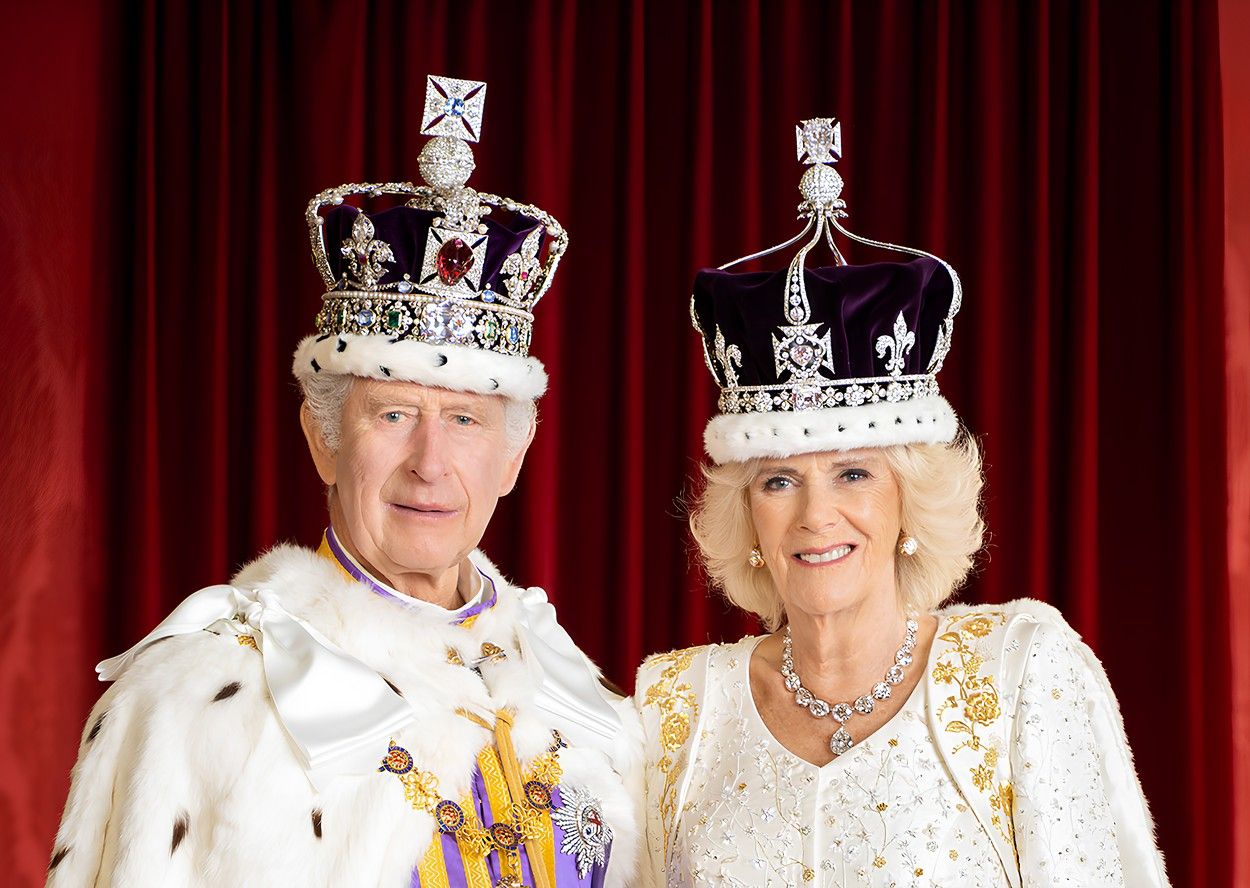The American James Webb Space Telescope in many cases continues the observations of its famous predecessor, the Hubble telescope. This is also the case with the recent observation of the star WHL0137-LS in the constellation Whale, which is known by the nickname Earendel, inspired by Tolkien’s half-elf character Eärendil Silmarillion.
Earendel is a very special star, the most distant we know. It was discovered by the Hubble Space Telescope in the spring of 2022 in the very distant galaxy WHL0137-zD1, nicknamed the “Sunrise Arc,” because its image is greatly distorted by gravitational lensing into a narrow crescent.
It is thanks to the massive magnification of the gravitational lens, which is created by the slightly closer galaxy cluster WHL0137-08, that we can also observe the Earendel star. Since its discovery by the Hubble telescope, we know that we are observing this star in space about 900 million years after the Big Bang. So its radiation flew to Earth for 12.9 billion years.
What did JWST tell us about Earendel?
The Webb telescope also focused on the Earendel star. NIRCam observation (Near-Infrared Camera) led astronomers to discover that Earendel is a gargantuan star of spectral class B. Its radiation is therefore bright blue. The surface of the most distant star is twice as hot as the Sun and shines a million times brighter than the Sun.
Scientists estimate the mass of this star to be roughly 50 to 100 Suns. Stars of these proportions tend to have very short lives. They usually explode wildly as a supernova a few million years after their formation. It is virtually certain that Earendel has not existed for billions of years.
NIRCam observations have also provided more details about the home galaxy of the record-distant star “Sunrise Arc.” It is the most magnified gravitational lensing galaxy seen in the oldest universe. The NIRCam images show a stellar nursery that is less than 5 million years old, as well as a star cluster that looks older than 10 million years.
It is a globular star cluster that tends to live long. Unlike the Earendel star, there’s a decent chance that this star cluster still exists, even though it’s much further away than it was back then thanks to the expansion of the universe.
Astronomers are also analyzing observations from another Webb telescope instrument, the NIRSpec spectrograph (Near-Infrared Spectrograph). They should be able to read the chemical composition of the “Sunrise Arc” galaxy as well as its more precise distance.
2023-08-15 09:46:22
#Webb #telescope #revealed #color #radiation #distant #star #Earendel

